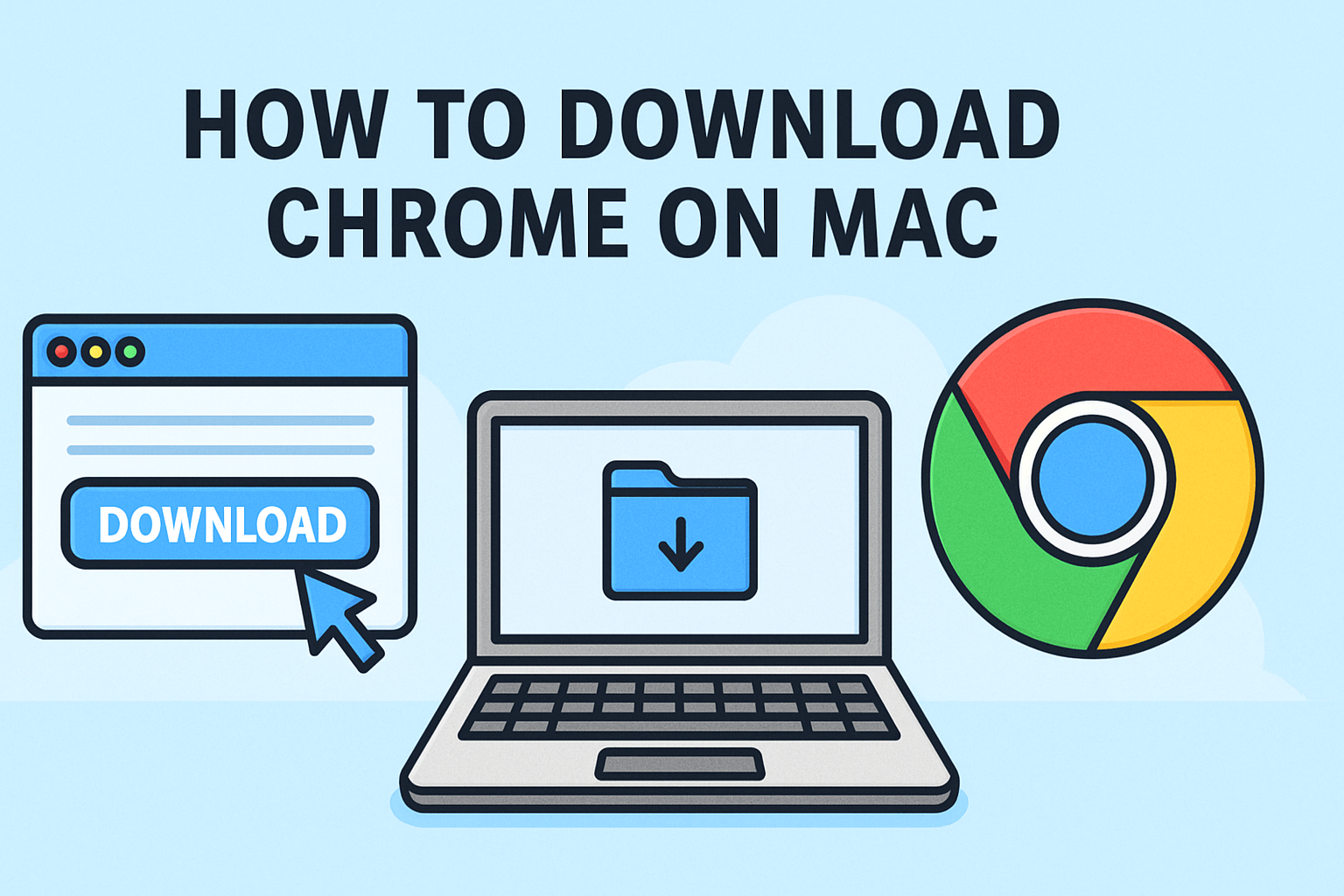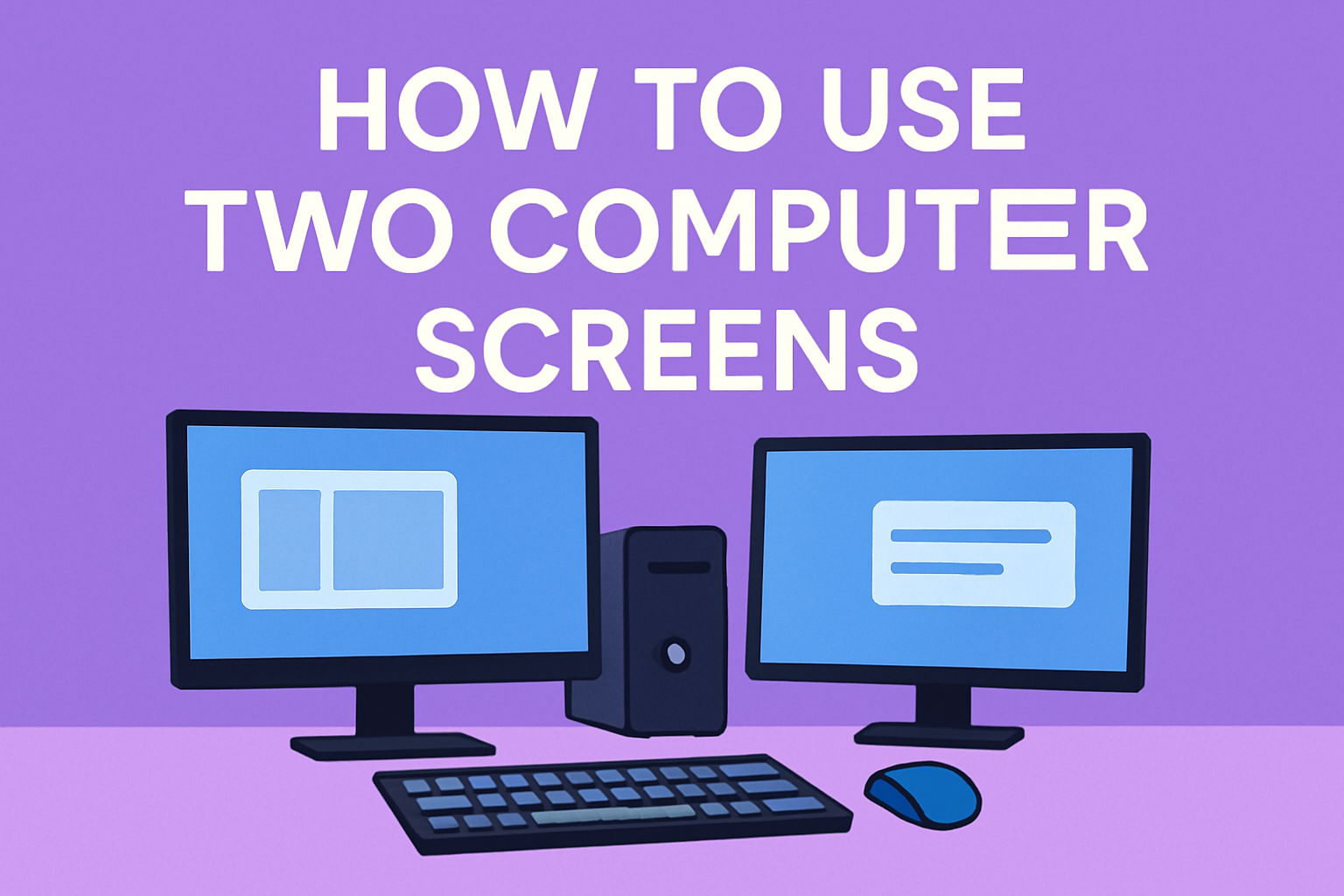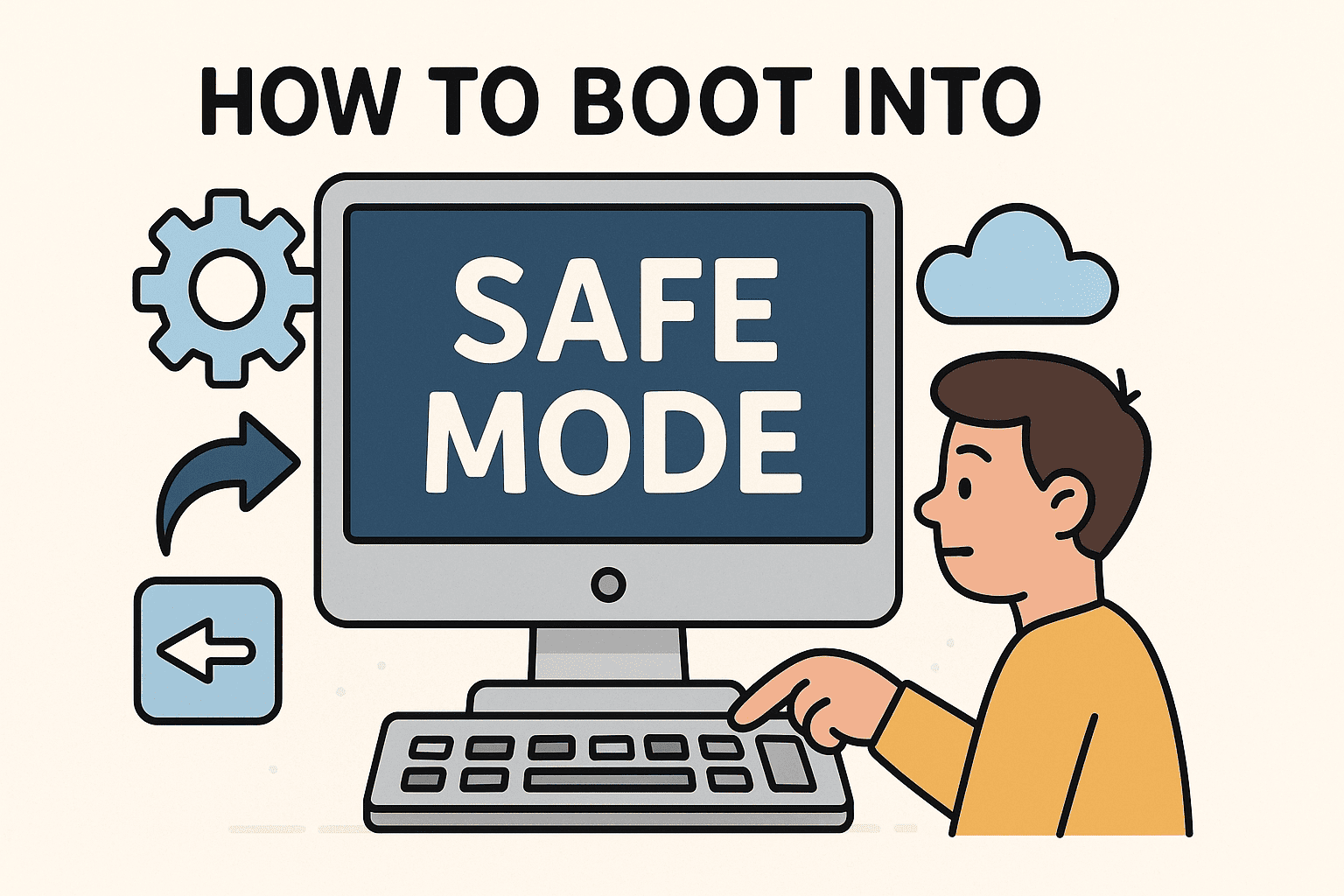Navigating Drives in Command Prompt Made Simple
Updated on November 7, 2025, by ITarian

Ever opened Command Prompt and wondered why you can’t access another drive immediately? Knowing how to go to a different drive in Command Prompt is one of the most fundamental yet useful skills for IT managers, cybersecurity professionals, and system administrators. Whether you’re performing file management tasks, troubleshooting system issues, or configuring network paths, mastering drive navigation is crucial.
In this detailed guide, we’ll walk you through step-by-step methods to switch drives, explore common mistakes users make, and explain additional commands that make navigation faster and more efficient.
Understanding How Drives Work in Windows
Before learning how to switch drives, it’s important to understand what drives are in Windows.
A drive refers to a storage device or partition that holds files and folders. Each drive is assigned a letter — such as C:, D:, or E: — for easy identification.
-
The C: drive typically contains your operating system and core files.
-
The D: or E: drive may represent secondary partitions, USB drives, or external storage devices.
-
Network drives and cloud-synced folders can also appear with unique letters.
When you open Command Prompt, it starts in your user directory on the C: drive by default, but you can easily switch to another drive using simple commands.
How to Go to a Different Drive in Command Prompt
There are multiple ways to navigate to another drive depending on your needs. Here’s how each method works.
Method 1: Basic Drive Switch Command
The easiest way to change drives in Command Prompt is by simply typing the drive letter followed by a colon.
Example:
If you want to switch from C: to D:, type:
D:
Then press Enter.
Command Prompt will immediately switch the current working directory to the root of the D: drive.
Tip:
If you get an error or nothing happens, ensure that the target drive is accessible and properly mounted on your computer.
Method 2: Changing Directory Within Another Drive
Sometimes you may want to switch to a specific folder on another drive.
To do this, you’ll need to use the cd (change directory) command along with the drive letter.
Example:
cd /d D:\Projects
Here’s what happens:
-
The
/dflag tells Command Prompt to change the drive and directory at the same time. -
D:\Projectsspecifies the folder you want to open.
This method saves time when you want to navigate directly to a specific directory on another drive.
Method 3: Using Full File Paths
You can also execute commands on a different drive without switching drives manually.
For example, if you’re currently on C: but want to view contents on E:, you can use:
dir E:\Documents
This displays the contents of the folder without leaving your current drive context.
This method is especially useful for scripting or automation, where multiple drives are accessed in sequence.
Method 4: Using Pushd and Popd Commands
If you frequently move between drives, the pushd and popd commands can save you time.
-
pushdtemporarily switches to a directory (and remembers your current one). -
popdreturns you to your previous directory.
Example:
pushd D:\Backups
popd
This allows seamless navigation across multiple drives and is often used in batch scripting for automated tasks.
Common Mistakes When Switching Drives
Even though switching drives is simple, users often encounter errors due to small mistakes. Here are the most common issues:
-
Forgetting the Colon (
:):
Always include the colon when specifying a drive (e.g.,D:instead ofD). -
Using
cdWithout/d:
If you’re trying to switch drives and directories at once, use/d. For example:cd /d E:\Data
-
Trying to Access Nonexistent Drives:
Ensure the target drive exists and is properly connected before switching. -
Insufficient Permissions:
Some drives or folders may require administrative privileges. Run Command Prompt as Administrator if necessary.
Additional Useful Commands for Drive Navigation
Mastering drive switching goes hand-in-hand with other essential Command Prompt navigation commands.
1. Listing All Drives
To view all available drives, type:
wmic logicaldisk get name
This displays all active drive letters on your system.
2. Viewing Current Directory
To check your current working directory, use:
cd
3. Listing Files and Folders
To view the contents of the current directory, type:
dir
You can also add parameters:
-
/w– displays results in wide format. -
/p– pauses after each screen of information.
Example:
dir /w
4. Going Up a Folder Level
To move one level up in your directory path:
cd..
This command is useful when you need to navigate up from a subfolder without retyping the entire path.
5. Opening Files or Folders Directly
You can open files or folders directly from Command Prompt using the start command.
Example:
start D:\Reports
This will open the Reports folder on the D: drive in File Explorer.
Why IT Professionals Use Command Prompt for Drive Navigation
For IT managers and cybersecurity experts, Command Prompt isn’t just a relic from the past — it’s an essential tool for automation, diagnostics, and security management.
Here’s why understanding how to go to a different drive in Command Prompt matters:
-
Automation: Scripting repetitive tasks across multiple drives.
-
Security Checks: Verifying system paths or scanning drives for vulnerabilities.
-
Performance Troubleshooting: Quickly accessing logs and configuration files.
-
Remote Management: Managing drives on multiple systems via PowerShell or remote commands.
In enterprise environments, this knowledge can dramatically improve efficiency and system control.
Tips for Efficient Drive Management
If you often switch between drives, try these time-saving techniques:
-
Use environment variables like
%HOMEDRIVE%or%USERPROFILE%to navigate faster. -
Map network drives with assigned letters for easier access.
-
Create batch files for routine navigation tasks (like backup verification or data logging).
-
Combine commands using
&&for multitasking (e.g.,cd /d D:\Logs && dir).
These strategies can help streamline administrative tasks while reducing manual effort.
Advanced: Switching Drives in PowerShell
If you’re transitioning from Command Prompt to PowerShell, the concept remains similar but with added flexibility.
-
To switch drives, simply type:
Set-Location D:
-
Or use the shorthand alias:
cd D:
PowerShell also lets you navigate network paths and registries as drives, making it even more powerful for enterprise environments.
Troubleshooting: When Drive Switching Doesn’t Work
If you can’t switch drives successfully, try these fixes:
-
Ensure Drive Accessibility:
-
Verify the drive appears in File Explorer.
-
Reconnect or remount external drives.
-
-
Run Command Prompt as Administrator:
Some drives, particularly system or encrypted drives, may require admin privileges. -
Check for Drive Errors:
Run the following command to scan and repair issues:chkdsk D: /f
-
Disable Path Restrictions (if on a corporate device):
Certain enterprise policies may block directory changes for security reasons. Contact your network administrator.
Frequently Asked Questions (FAQ)
1. Why can’t I change drives in Command Prompt?
You may have forgotten the colon (:) after the drive letter, or the target drive is inaccessible or not mounted.
2. What does /d mean in the cd command?
The /d parameter allows you to change both the drive and the directory at the same time.
3. Can I use Command Prompt to switch to a network drive?
Yes, once a network drive is mapped and assigned a letter (e.g., Z:), you can switch to it just like any other drive.
4. Is there a shortcut to open a drive in File Explorer from CMD?
Yes. Use start D: and it will open the D: drive in a File Explorer window.
5. Can I automate switching drives in batch files?
Absolutely. You can include drive commands like C: or D: in .bat files for automated navigation or task execution.
Final Thoughts
Learning how to go to a different drive in Command Prompt is one of the most fundamental skills every IT professional should master. It forms the foundation for more advanced command-line operations like scripting, automation, and troubleshooting.
From managing multiple drives to running security scans or configuring networks, this skill helps streamline workflows and enhances your efficiency.
Take your system management and cybersecurity capabilities to the next level —
Start your free trial with ITarian to monitor, secure, and automate your IT infrastructure with powerful endpoint management tools.














